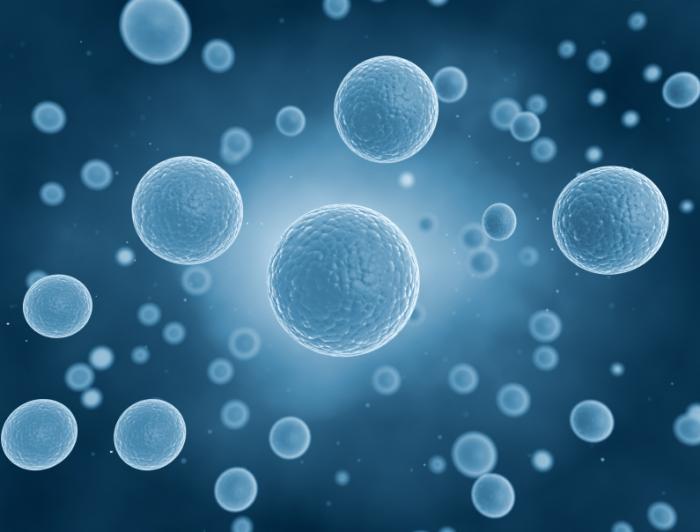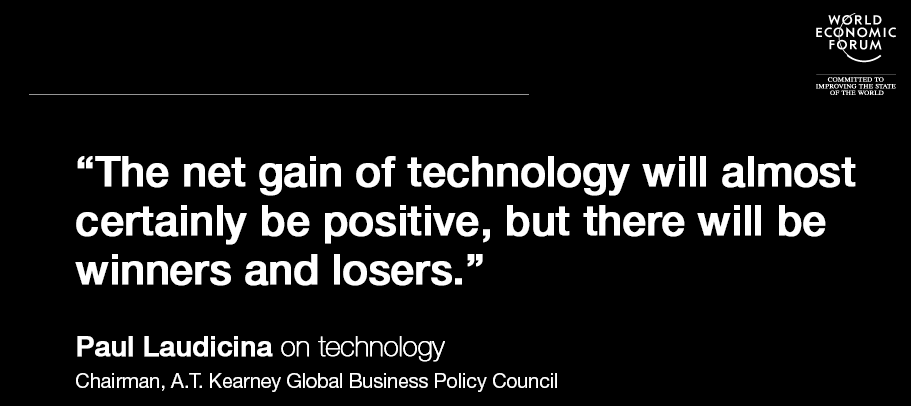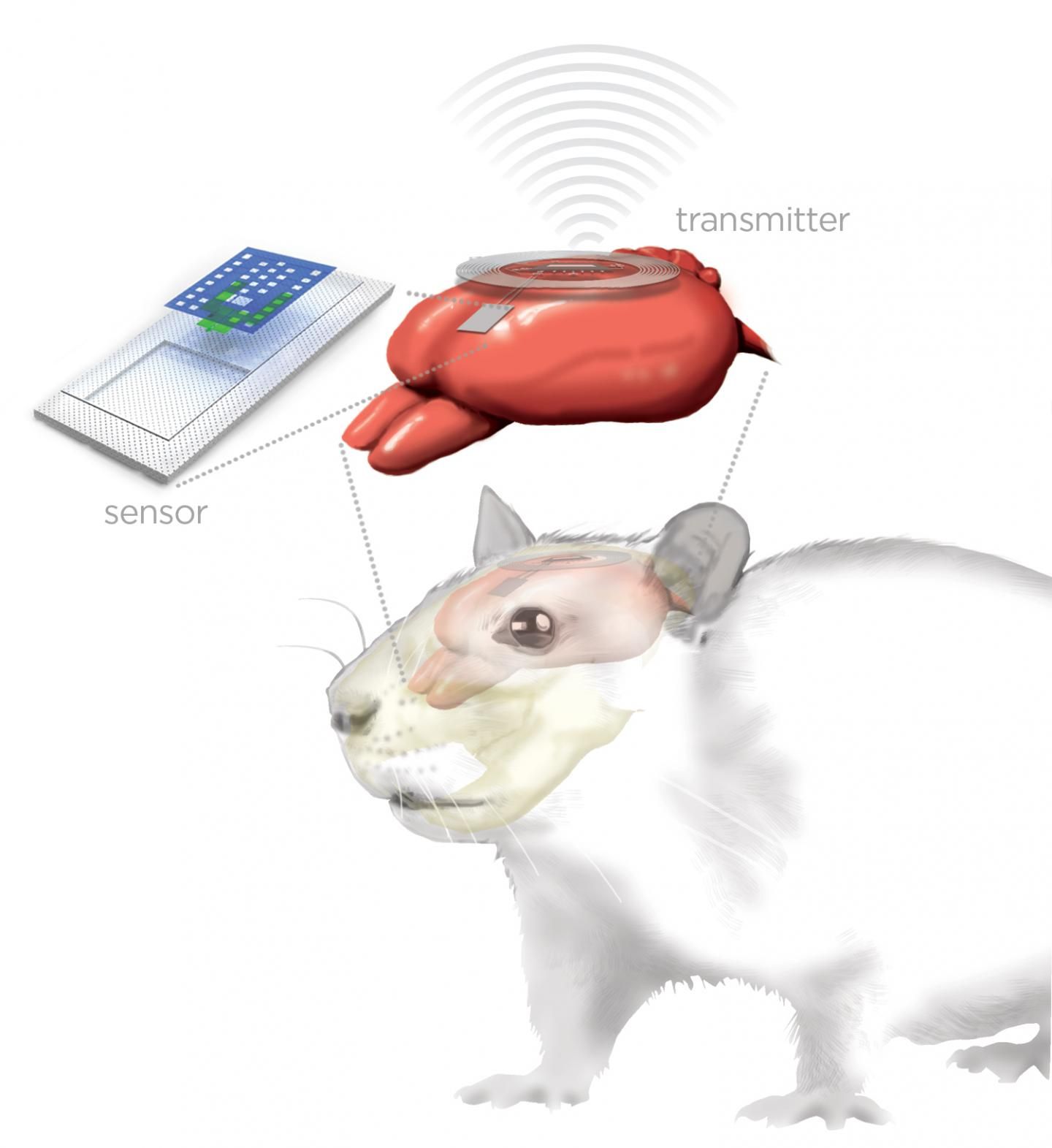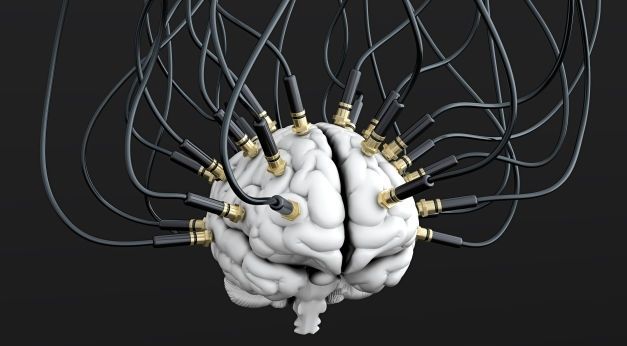Scientists have developed a computer system that predicts the reprogramming factors necessary to convert human cells from one type to another, without the need for trial and error.
Category: biotech/medical – Page 2772
Interesting perspective of the world and globalization.
It is my belief that we are heading toward a blend of Islandization and Commonization. World transformation is powered first and foremost by the mega-driver of technology, which in turn is central to both of these worlds. The most significant change in the past seven years of world history is that we have entered into a period of sustained technological progress. I fully expect in coming years further breakthroughs in areas including alternative energy, biotechnology and artificial intelligence that dramatically change our economies and our societies.
Unfortunately, I am less sure that technological change will be positive. The exploitation by violent extremists of social media is a case in point of the double-edge that new technologies can bring. This is an extremely disruptive and dislocating time for individuals, organizations and governments alike. The net gain of technology will almost certainly be positive, but there will be winners and losers, and losers will not necessarily go quietly. Nor will the winners necessarily perceive objective gain as actual gain. And some new technologies, such as the gene-editing powers of CRISPR, point to a highly uncertain future.
In our days together in Davos, I will focus my conversations on this new age of exploration in a post-globalization world. As the next global order takes hold, organizational foresight and agility will be critical in determining winners and losers in the new global operating environment.
Do you look at models and just think that they are the lucky ones who were just born perfect? Well think again! Models are just like us. Sure, they are super-duper attractive and make a lot of money for posing and wearing expensive clothes…but other than that, many fashion models could be our next-door neighbors! Case in point: these 20 Hottest Models Who Live with Chronic Diseases. Many of these people are breaking boundaries and challenging the long-held norms and beliefs that are attached to the modeling industry.
It truly is an inspiration to see these people changing the landscape of who can be a model. We have people here who have debilitating diseases, have overcome mental illnesses, and have accomplished so much for the marginalized groups of people that have just as much right to happiness as average folks. They span the United States, Australia, the United Kingdom and beyond. Their presence and accomplishments range from the past and segue into the future. We can’t wait to see how the modeling scene continues to change.
If you ever thought that you couldn’t be as flawless as a supermodel, think again. The truth is that no one is flawless, and our imperfections and struggles are what make us human!
This new material is remarkably soft, and it could revolutionize robotics and prosthetics.
Researchers from the Monash University have discovered a new sponge-like material called graphene elastomer. This revolutionary material is expected to be used for robots designed to help take care of elderly people.
The graphene-based elastomer is exteremely sensitive to pressure and vibrations. Also called G-elastomer, the material has the ability to bounce back despite the pressure given to it. It is described to be very soft and elastic compared to other substances such as rubber or foam.
WARNING: Graphic picture. Dr Sergio Canavero says he carried out the surgery on the monkey “without any neurological injury of whatever kind”
Very interesting; the key to Netflix expansion into China is “AI”.
Netflix, Inc. NFLX CEO yesterday provided some updates regarding the company’s expansion into China and his vision of using artificial intelligence technologies for growth at the ongoing DLD Conference in Munich.
CEO Reed Hastings stated that “It may be soon that we have a license in China, or it may take a couple years, but we’re going to be very patient.” Netflix recently expanded to over 190 countries across the globe but it has not been able to enter China. It has been in talks with the Chinese government and other partners like Wasu Media Holding Co. to enter the online video market over there.
China with a population of over 1.3 billion and a growing middle class would be an important market for Netflix. According to a recent iResearch report (Dec 2015), the online video market in China was worth approximately $1.3 billion (8.29 billion Yuan) in the second quarter of 2015, marking an increase of 34.7% year over year and 24.6% on a sequential basis.
Another interesting find from KurzweilAI.
Artist’s rendering of bioresorbable implanted brain sensor (top left) connected via biodegradable wires to external wireless transmitter (ring, top right) for monitoring a rat’s brain (red) (credit: Graphic by Julie McMahon)
Researchers at University of Illinois at Urbana-Champaign and Washington University School of Medicine in St. Louis have developed a new class of small, thin electronic sensors that can monitor temperature and pressure within the skull — crucial health parameters after a brain injury or surgery — then melt away when they are no longer needed, eliminating the need for additional surgery to remove the monitors and reducing the risk of infection and hemorrhage.
Similar sensors could be adapted for postoperative monitoring in other body systems as well, the researchers say.
It’s been a weird day for weird science. Not long after researchers claimed victory in performing a head transplant on a monkey, the US military’s blue-sky R&D agency announced a completely insane plan to build a chip that would enable the human brain to communicate directly with computers. What is this weird, surreal future?
It’s all real, believe it or not. Or at least DARPA desperately wants it to be. The first wireless brain-to-computer interface actually popped up a few years ago, and DARPA’s worked on various brain chip projects over the years. But there are shortcomings to existing technology: According to today’s announcement, current brain-computer interfaces are akin to “two supercomputers trying to talk to each other using an old 300-baud modem.” They just aren’t fast enough for truly transformative neurological applications, like restoring vision to a blind person. This would ostensibly involve connect a camera that can transmit visual information directly to the brain, and the implant would translate the data into neural language.
To accomplish this magnificent feat, DARPA is launching a new program called Neural Engineering System Design (NESD) that stands to squeeze some characteristically bonkers innovation out of the science community. In a press release, the agency describes what’s undoubtedly the closest thing to a Johnny Mneumonic plot-line you’ve ever seen in real life. It reads:
An international team of neuroscientists claims to have successfully carried out a head transplant on a monkey, along with other related experiments. But because the details haven’t been published, experts remain skeptical.
Warning: Graphic image to follow.
As New Scientist reports, the procedure was led by Sergio Canavero, a neuroscientist who works for the Turin Advanced Neuromodulation Group in Italy. Canavero made headlines last year by suggesting that head transplants are about to become a reality, and that the medical technology required to perform such a seemingly radical procedure already exists. At the time, Canavero said the first human head transplant would happen in about two years. If this latest development is true, his team appears to be right on track.








